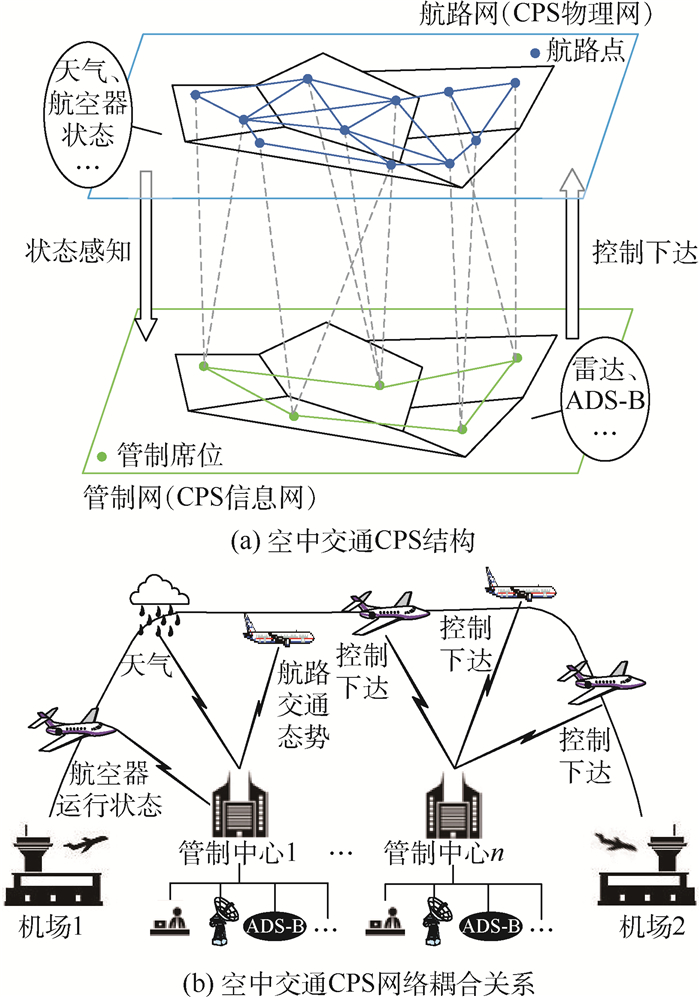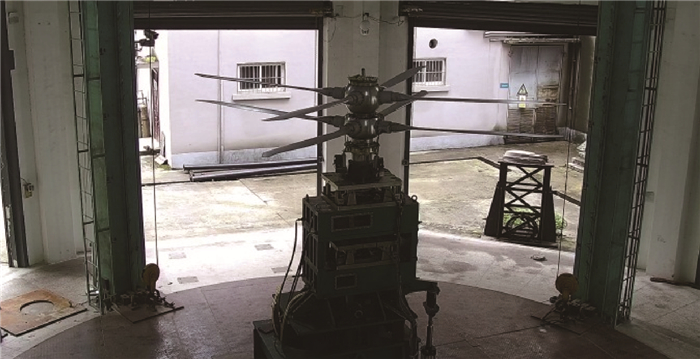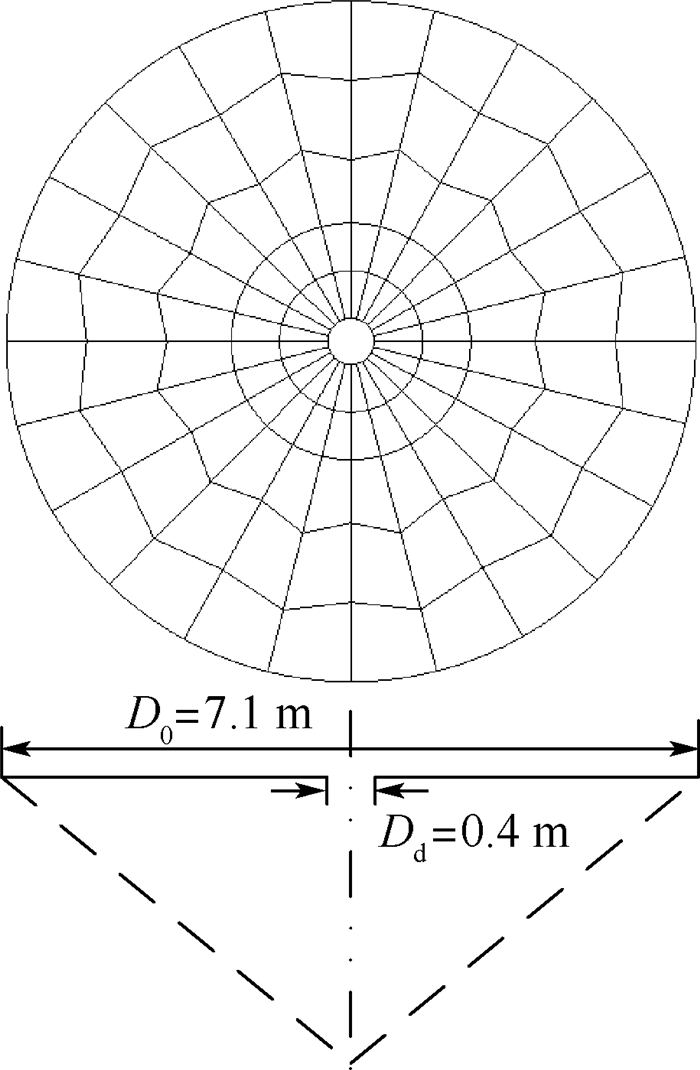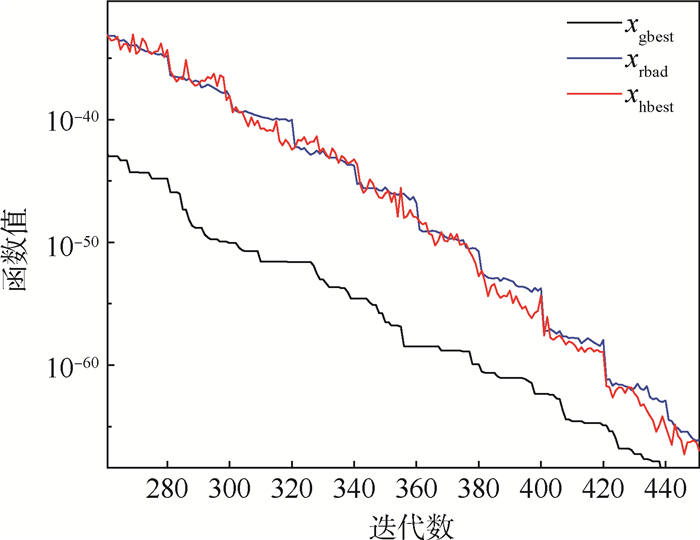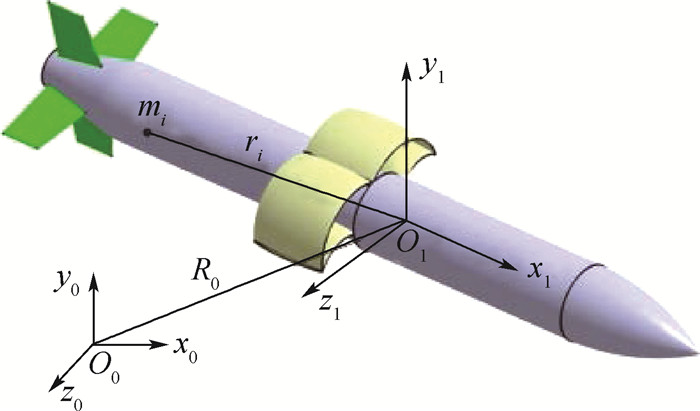The development of deterministic communication promotes the introduction of time-triggered concepts. Time-Triggered Ethernet (TTE) network supports real-time applications of mixed safety by providing three traffic classes, including Time-Triggered (TT) traffic, which has complete time certainty, Rate-Constrained (RC) traffic, which has bounded end-to-end delay, and the Best-Effort (BE) traffic. How to realize the tight analysis of real-time performance of RC traffic under time-triggered mechanism is still an open problem that determines the smooth application of TTE network. Under the assumption of First Input First Output (FIFO) service, this paper introduces the analysis method of "pay bursts only once" principle into TTE network to observe the influence of this principle on the performance analysis of time-triggered network. Different from Avionics Full-Duplex Switched Ethernet (AFDX), TT traffic with higher priority will have a key impact on the delay analysis of RC traffic, resulting in the complexity of "pay bursts only once" principle analysis. In this paper, the arrival curve model of aggregated TT traffic in the timely blocking mode is established, and the end-to-end service curve model of single RC traffic is obtained. Based on this model, the Worst-Case end-to-end Delay (WCD) evaluation of RC traffic is realized. Compared with those in the existing studies, this method gives a tighter upper bound of the WCD for RC traffic, which is helpful to improve the tightness of TTE network performance evaluation. Through the comparative analysis of A380 topology networking cases, compared with the traditional method, the proposed method reduces the average delay of RC traffic by 12.05%.
